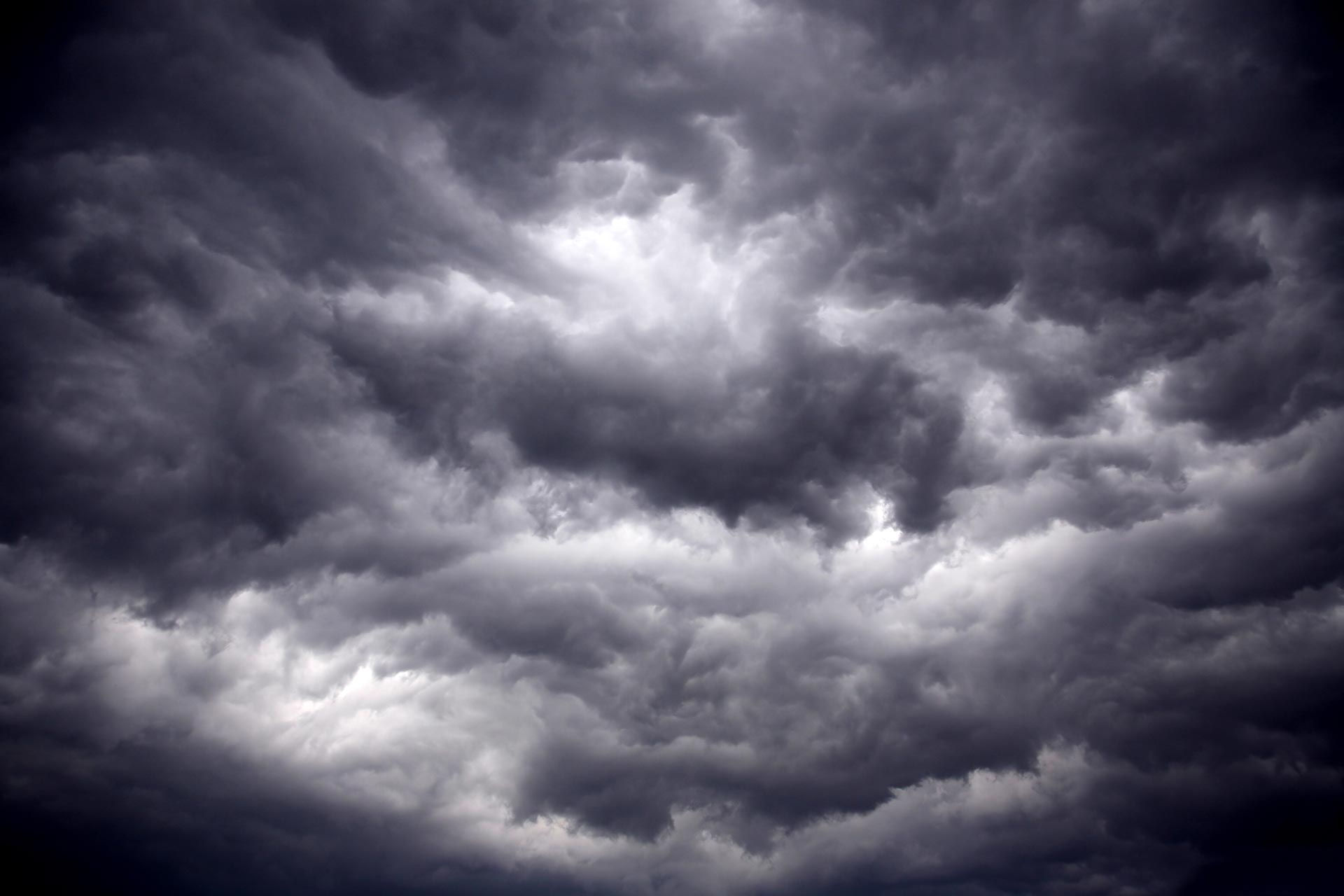SUMMERY, STORMY PATTERN
- terryswails1
- Jun 15
- 4 min read

A well-advertised uptick in storms and warmer temperatures is finally upon us. We were discussing this pattern more than a week ago, and while at the time we couldn't say with certainty the areas most likely to see severe weather and what the potential hazards could be, there was certainly a signal for above-normal precipitation and the likelihood of some severe weather. Heading into the start of the week we have back-to-back-to-back severe weather risk areas by the Storm Prediction Center. For the Quad Cities region, Tuesday and Wednesday appear to be the higher risk days for the time being.

A fairly stout shortwave will traverse the region Tuesday into Wednesday and will certainly be the forcing needed to get thunderstorm activity to form, however even just 36-60 hours before we really anticipate the action to start, confidence is limited given the overall complexities with these summery patterns. What always makes it difficult is the fact boundaries left behind from thunderstorms the previous day could alter the severe weather risk areas. So you need to take it day-by-day to an extent.
It's always worth mentioning that not everyone will see severe storms in the risk area during these events, but the conditions will be supportive of it.
What we will be looking at in the next several images are the high-resolution models we use to forecast thunderstorms. What is plotted on the charts are areas the various models output showing at least 40dBz on radar, which is heavy rainfall. Each color represents a different weather model. Generally if you see a lot of colors grouped together in a similar area, the models are in good agreement with the timing and placement of thunderstorms.

Monday, these high-resolution models are in pretty good agreement that in the morning and early afternoon, thunderstorms will be ongoing across portions of Iowa and Minnesota. The models indicate these will likely weaken before reaching northern Illinois and southern Wisconsin. I would not be shocked if they persist longer than these models indicate as this will be nearing peak heating and that could be enough to maintain thunderstorms. Either way, the region will need to watch this first round of storms. Any storms will pose a risk for large hail and damaging wind gusts. This appears to be north of I-80 across Iowa.

Monday evening into the overnight, more thunderstorms are forecast primarily to the west from roughly the Twin Cities into western Kansas. These storms will pose a damaging wind and large hail threat. Models again weaken this activity before reaching the Quad Cities, but nocturnal thunderstorm complexes could be something we will need to watch Monday night. If they maintain themselves, this will be along the Mississippi River around 1-3 a.m. early Tuesday morning.

Stepping forward to Tuesday afternoon and evening, notice there is a lot less model agreement. Only a few models show thunderstorms around the Quad Cities, notable the HRRR and an earlier run of the NAM 3K. Would this to verify, this could remain a damaging wind and large hail threat. Outside the range of this model is the higher likelihood of storms Tuesday night into Wednesday.

Through Tuesday evening ensemble guidance is showing a risk of 2-4" of rainfall across northern Iowa and southern Minnesota, and the heaviest rain is likely to come Tuesday night into Wednesday.

Monday/Monday night's probability of 0.5" of rainfall is notably kept pretty far west of the region. This matches the severe risk areas pretty well.

The European Ensemble is really latched onto the idea of thunderstorms forming in northeast Kansas and moving northeast into Iowa and northwest Illinois late Tuesday in to Wednesday morning and afternoon. Probabilities of 0.5" of rainfall, a good indication of thunderstorms, are over 80%.

Mean rainfall off the European Ensemble continues to show widespread 1-2" from northeast Kansas and into northern Illinois and southern Wisconsin. This could be certainly beneficial, ideally with limited severe weather. We'll take it!
So, break down the rather complex forecast here are some rough bullets:
Isolated to scattered thunderstorms possible Monday afternoon/early evening. Some could be strong.
Tuesday, isolated afternoon thunderstorms.
Tuesday night into Wednesday appears to be the greatest chance of widespread thunderstorms, some likely severe with damaging wind and large hail

The moisture is already here for heavy thunderstorms. Sunday evening's weather balloon from the NWS Quad Cities office shows a precipitable water value of 1.52" - for the date this is just shy of the 90th percentile which is 1.55". The average for the date is just 1.12". This tells us any thunderstorms that do form will be efficient rainfall producers with a large amount of moisture available.

Guidance continues to show increasing moisture with time, with values likely pushing 1.75" during the anticipated peak rainfall period Tuesday night into Wednesday. Moisture levels will continue to dance in the 90th to 97.5th percentile.
I'll end with my next storm chasing video from my past chasecation. This features the very dusty, close-range intercept of tornadoes near Lamesa, Texas on May 29. A wild storm chase!
Have a great week friends,
-Meteorologist Nick Stewart













Comments